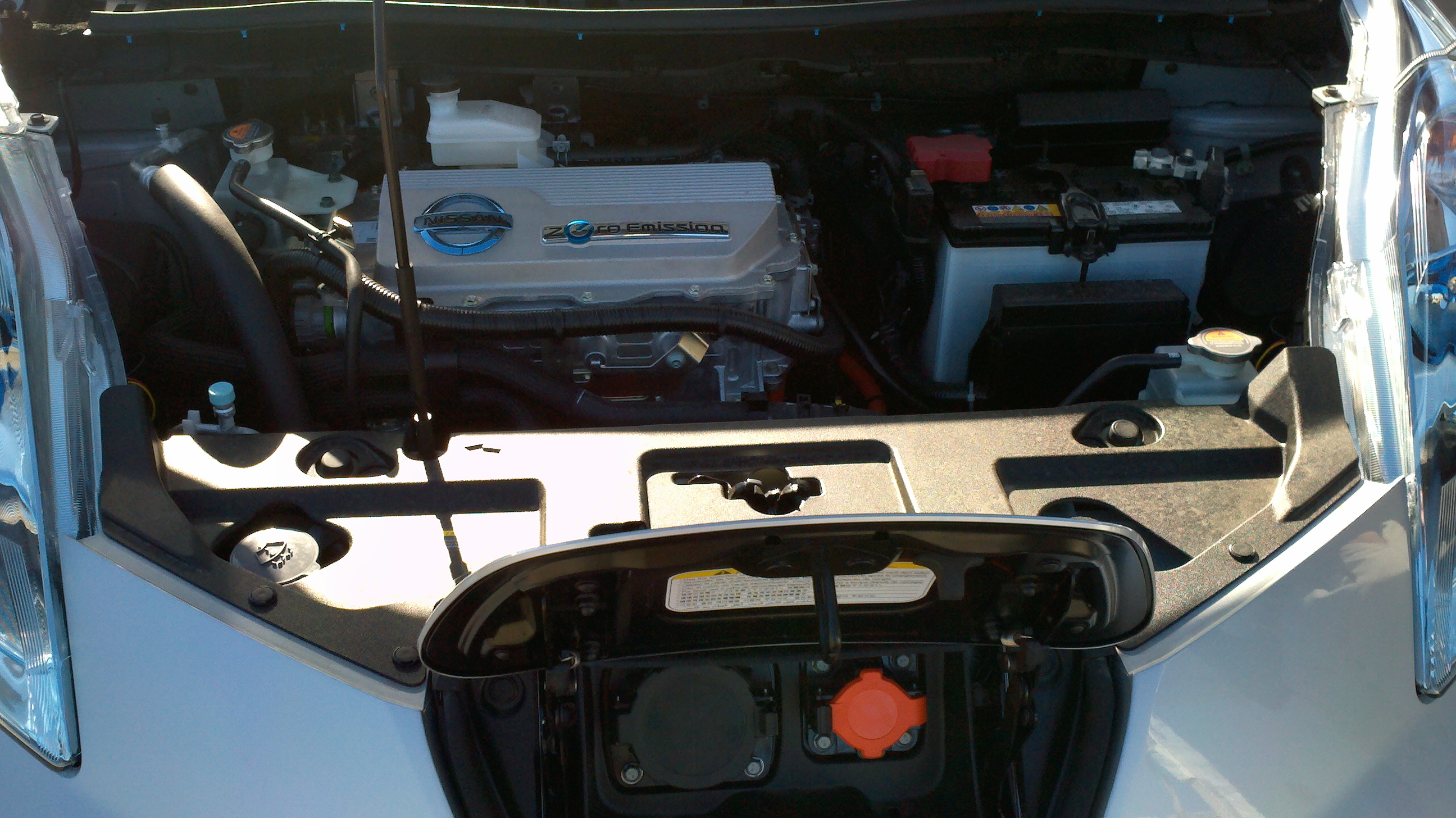


ECE 464 Power Electronics



Fall 2014 Web Page
|
Home Course Info Contact Info Homework |
Announcements -- 8/25/14 Welcome to ECE 464 -- the first first class taught in 1015 ECEB 8/25/14 About book questions: If you have purchased the first edition of Elements of Power Electronics, don't despair. It will be useful to you. Go ahead and read Chap. 1 to get the background overview.
If you have NOT purchased the first edition, don't despair,
either. I am working with Oxford University Press courtesy of the University of Illinois Power Affiliates Program, and we will go from there. 9/8/14 Please read both chapters that have been provided.
9/11/14 The remaining chapters are now in production,
as we have received permission from the publisher to reproduce
them.
9/15/14 Chapters 3-10 of the new text have been
printed and bound and are available as a package at the Illini Union
Bookstore, 809 S. Wright. The cost (less than $25) is the
printing cost only. 9/29/14 Test #1 will be held in class on Friday, October 3, 2014. Students are permitted to use their own notes and texts. 10/2/14 Test #1 review session will be held from 5-7pm in room 4070 of ECEB. 10/10/14 We will have a guest speaker today, Richard K. Williams, an alum and one of the inventors of the power MOSFET as used today. 10/22/14 The tentative date for Test #2 is Friday November 14. The planned format and arrangements are the same as for Test #1. 12/3/14 The final examination is scheduled, per the campus published time, from 8am to 11am on Monday, December 15. We have been assigned both rooms 1015 and 3017 ECEB to allow for extra space. As of today, no conflict exam is planned. The general format is similar to the previous two tests, although the exam will be longer. A few students (who know who you are) will use an alternative location; see Prof. Krein for details. |
Review problems, not to be submitted for grade
1. A six-pulse rectifier is constructed with SCRs. The load can be modeled as a 30 A dc source for phase-delay angles up to 60°. The SCRs can be modeled as 1.4 V forward drops in series with 0.008 Ω. Switching is fast. What is the total loss as a function of phase angle through 60°?
2. A boost converter operates at 200 kHz, and converters power from a solar panel to a battery bus. The panel has nominal voltage of 18 V and current up to 5 A. The battery bus is 42 V. The transistor can be modeled as having 0.1 Ω on-state resistance and the diode as a 1.0 V drop. For each device, the total switching time is 200 ns. Considering both on-state and switching loss, which device dissipates more power? What is the converter efficiency?
3. A three-phase inverter for an electric vehicle operates from a 750 V bus. For a particular operating condition, the modulation depth such that the line-to-line output is 460 V rms at 120 Hz. The motor is drawing 140 kW and 200 A rms. The inverter uses PWM with a switching frequency of 10 kHz. The switches are IGBTs with reverse parallel diodes. In the on state, they can be modeled as 1.4 V in series with 0.007 Ω (in either direction). The total commutation time is 500 ns. Determine the efficiency of this converter.
4. A dc dc buck converter provides 5.0 V from a 28 V input at power between 2 W and 500 W. The switching frequency is 80 kHz. MOSFETs are available in this range with on-state resistance of 0.008 Ω, and their diodes have 0.9 V drop in series with 0.003 Ω. The total switching time for each device is 150 ns.
a. What is the critical inductance value for this converter?
b. Initially, the wire connection from the input source to the converter adds about 50 nH in series with the active switch. Estimate the switching loss at full load. If a bypass capacitor can be used to drop this inductance to 10 nH, how much will be lost?
c. Given the addition of a bypass capacitor in (b) and given critical inductance, compare full-load efficiency operating with a diode and operating with a synchronous rectifier. What duty ratio will be required in each case?
5. A buck converter for a new memory card provides 2.2 V at 2 W to 10 W from a 5 V input. The switching frequency is 500 kHz. It is desired to achieve ripple of no more than 50 mV on the 2.2 V output. An output capacitor will be needed to do the job. The inductor has been chosen so that L = Lcrit. The switches use synchronous rectification and have 0.01 Ω on-state resistance. They operate in a total of 100 ns.
a. What value of C would you recommend if tan δ = 0.03? What if tan δ = 0.30? Should wire resistance be considered in the design?
b. What duty ratio will be needed at 2 W output? At 10 W output?
c. Estimate the efficiency at full load.